iMore Verdict
Bottom line: Deep, multi-faceted gameplay anchors a story that spans modern Tokyo and the realms of gods, demons, and angels beyond. It's not for everyone, but hardcore JRPG fans will find a lot to love in Shin Megami Tensei V. It's a worthy entry in the long-running series.
Pros
- +
Intense, complex gameplay that offers great replay value
- +
Choice-based mechanics that affect possible outcomes
- +
Great character designs and solid world-building
- +
Multiple difficulty settings to suit try-hards and scrubs alike
Cons
- -
It's overly complicated for brand new players
- -
Very challenging, even on "Normal" mode
- -
Soundtrack is nothing to write home about
You can always trust iMore.
With roots dating back to the late 80s, Shin Megami Tensei is one of the longest-running JRPGs still alive and kickin'. Not only that, its massive popularity has spawned multiple spin-off series, with Persona likely being the best known. Now at long last, after nearly five years without a new main entry in the series, Shin Megami Tensei V is finally getting its deserved Nintendo Switch debut.
For the uninitiated among us, Shin Megami Tensei (SMT from here on out) is a series of JRPGs known for challenging, complex gameplay. Additionally, you'll also find in-depth stories with surprisingly dark themes that blend the modern world with the world of the occult, distinct art style, and recruit mechanic that isn't entirely unlike Pokémon.
Longtime fans of the series will find that SMTV preserves and honors the roots that made the games such hits, while newer players may be able to find quicker footing if they're coming from any SMT-adjacent series. Considering Persona 5's fantastic reception in the west, it's not a stretch to think that many players will be picking up SMT for the first time, hungry for more of what they got a taste of in Persona.
I can, however, imagine that a new player—who is completely unfamiliar with SMT or any of its spin-offs—will find themselves overwhelmed and confused by the mountain of knowledge needed to optimize your gameplay in SMTV. So let's dive in and find out why.
Disclaimer: This review was made possible by a review code provided by Atlus. The company did not see the contents of the review before publishing.
Shin Megami Tensei V: What I liked - Combat
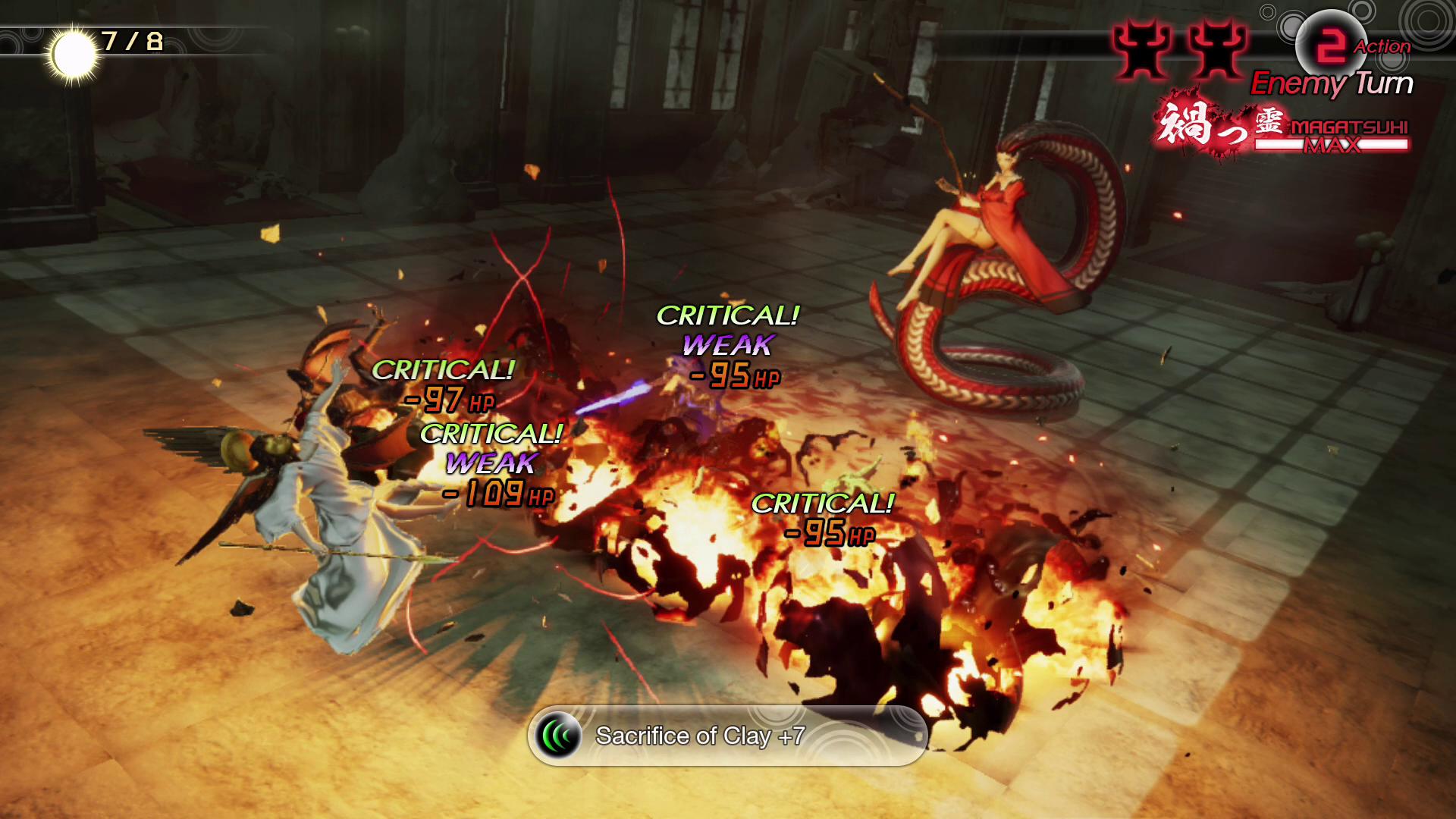
The number one reason I'm still playing Shin Megami Tensei V is for the gameplay. Don't get me wrong, there's a lot to like from the whole package here, but the gameplay is easily what will keep you immersed in SMTV for hours on end. There's a lot to unpack here, but I will do my best to sum up how SMTV's turn-based combat works, both in and out of actual encounters.
| Category | GameNameXXX |
|---|---|
| Title | Shin Megami Tensei V |
| Developer | Atlus |
| Publisher | Sega |
| Genre | Role-Playing/Strategy |
| Game Size | 12.8GB |
| Play Time | 50-100 hours |
| Players | Single |
| Format | Download/Game Card |
| Launch Price | $60 |
Unlike more traditional JRPGs, SMTV hinges mainly on the recruiting system. There's no set group of party members you must acquire. Instead, you have your main protagonist—a silent blank slate for you to project yourself onto—backed up by a small army of demons that you recruit to your side during combat encounters or side-quests.
iMore offers spot-on advice and guidance from our team of experts, with decades of Apple device experience to lean on. Learn more with iMore!
So let's say you've gotten into an ordinary encounter with a group of demons, but one of them has something you want, like a specific elemental ability, great strength, awesome buffs or debuffs, etc. Well, rather than kill them outright, you can choose Talk from your combat menu and begin negotiations with that monster instead. But, of course, each type of demon has a different personality and alignment, so choosing how you respond to their demands during negotiations is a battle all on its own.
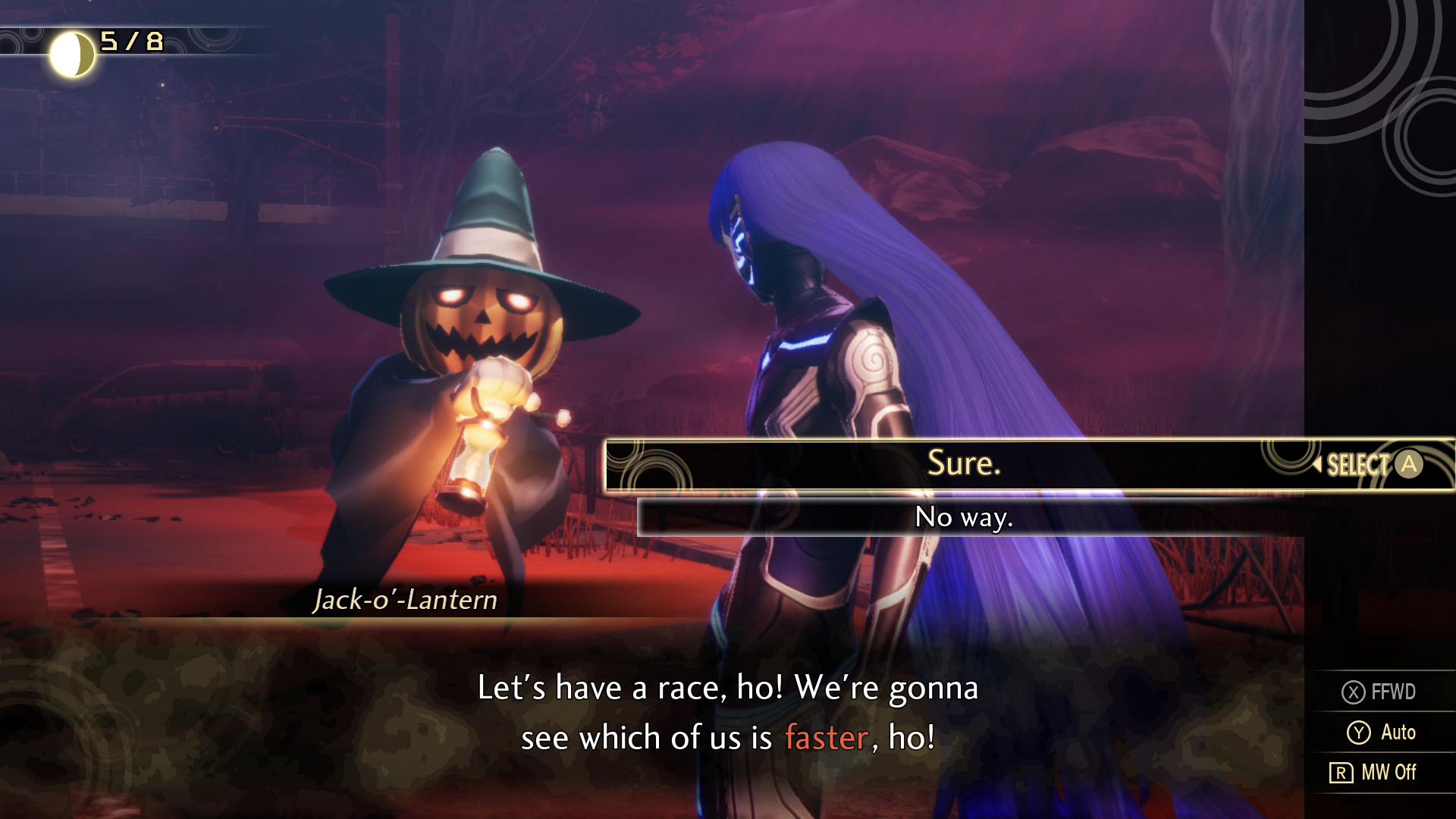
Some demons won't even talk to you if you open up the conversation in the wrong way (being too nice, too aggressive, etc.). And, once you do get them to consider joining your crew, they'll usually demand some compensation for their time and efforts. Many demons want money, some want your MP or HP, some ask for items, and a few will join for the hell of it without a fuss.
Negotiations are never guaranteed, and you can quickly fail a negotiation and get booted back out into the battle, where you'll be at a turn disadvantage thanks to your failure. Alternatively, some testy demons may get tired of you and leave negotiations altogether, ending the encounter with no experience points or rewards, just a waste of time.
Successfully negotiate with demons to recruit them to your squad
If you succeed in your negotiations, though, congratulations, you have a shiny new demon on your team! You can now add this demon to your active party, swap them in and out of battle from your garrison, and even break them apart and fuse them with other monsters to create even more powerful demons for your ranks.
This brings me to the next function in SMTV that I'm obsessed with, the fusion system. Yes, it's technically correct to say that SMT is a monster collecting game like Pokémon. Where it radically differs from Pokémon, though, is in how you use the demons you collect. You are encouraged and expected to constantly be recruiting new demons, which naturally means you have to get rid of your weaker ones somehow.
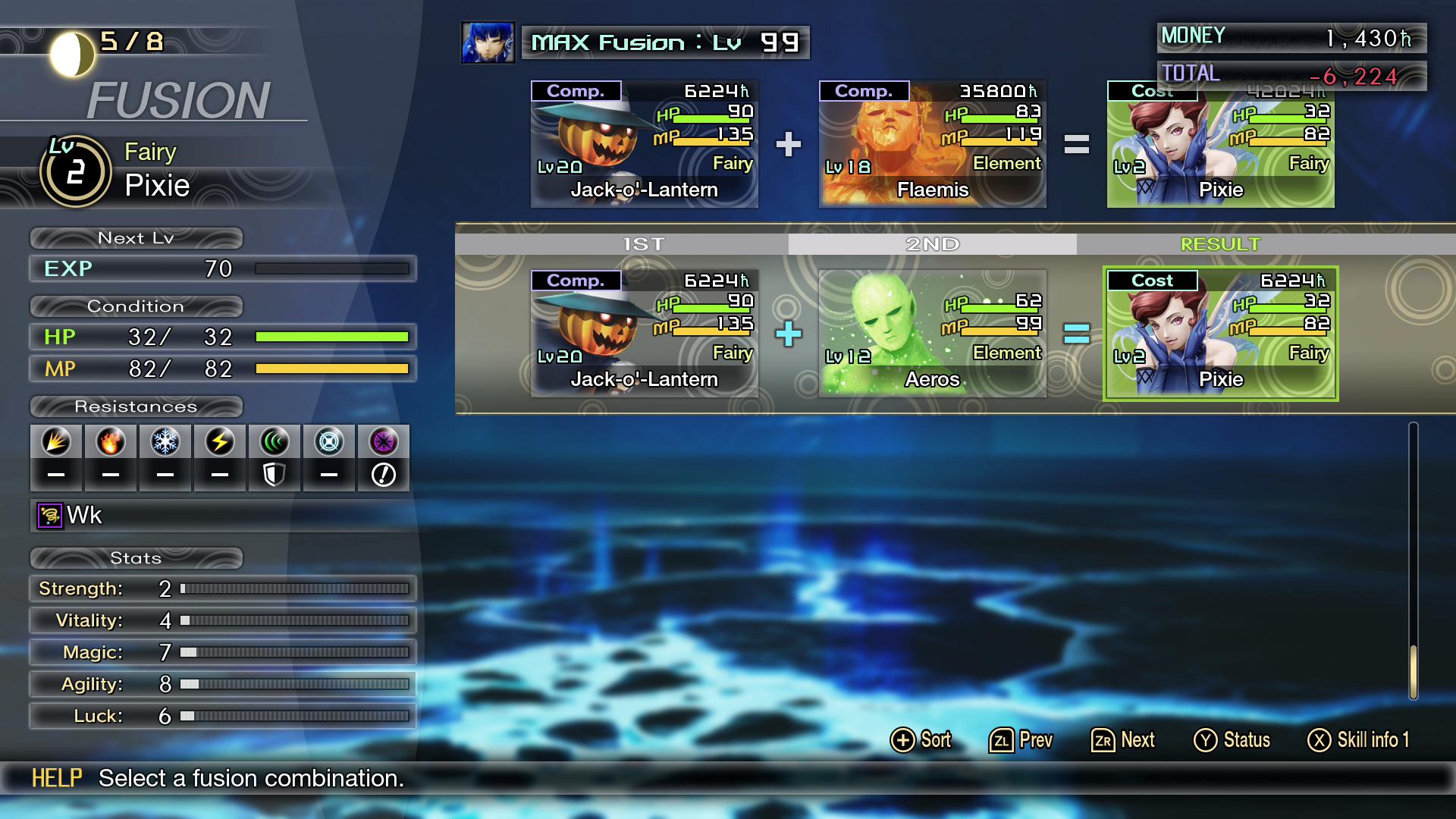
You have a limited number of demons that you can keep in your garrison at a time. Unfortunately, considering how slow demons are to level up (especially at higher levels), many rapidly lose their usefulness in your team against bigger, badder enemies. Luckily, by visiting a beautiful woman in the World of Darkness, you can smoosh your demons together to make newer, stronger demons that retain qualities from both of the lesser demons you used to make them.
Incredibly enough, though, the fun doesn't stop there. You can also use demonic essences to alter your protagonist's and other demons' skills and affinities (strengths and weaknesses), making him and your entire squad customizable. The options feel limitless, and it can be overwhelming to grasp early on what you can do with this system. Still, playing around with what feels like doing alchemy is very fun once you start to get its rhythm down.
Use elemental advantages to gain the edge in battle—or wind up on the receiving end of a serious beat down.
The fusion and recruit systems are just the tip of the iceberg. We can't possibly talk about an SMT game without also talking about elemental weaknesses and how they play into the Press Turn mechanic. Thankfully this is one of the more specific functions to grasp. At the start of combat, your team of four gets one action each, with the protagonist having more options available within his actions than his demons.
All characters and demons have elemental strengths and weaknesses, and if you manage to hit an enemy's weakness, you get a bonus action. It's possible to rack up four bonus actions across the board if you're able to hit a weakness with every member of your team, so you can wail on your foes long before they ever get a chance to even swipe at you if you do things right.
On the other hand, the same rules apply to you, so if the enemy hits one of your team member's weaknesses, they get a bonus action on their side. Thus, the tide can turn very quickly in SMTV, and giving up actions to the enemy soon spells your doom. You and your foes can also lose actions if a hit is successfully blocked via full elemental immunity. The whole system is even more complex than what I'm outlining here, so suffice it to say that SMTV is the strategy-lover's dream come true.
Shin Megami Tensei V: Everything else I liked
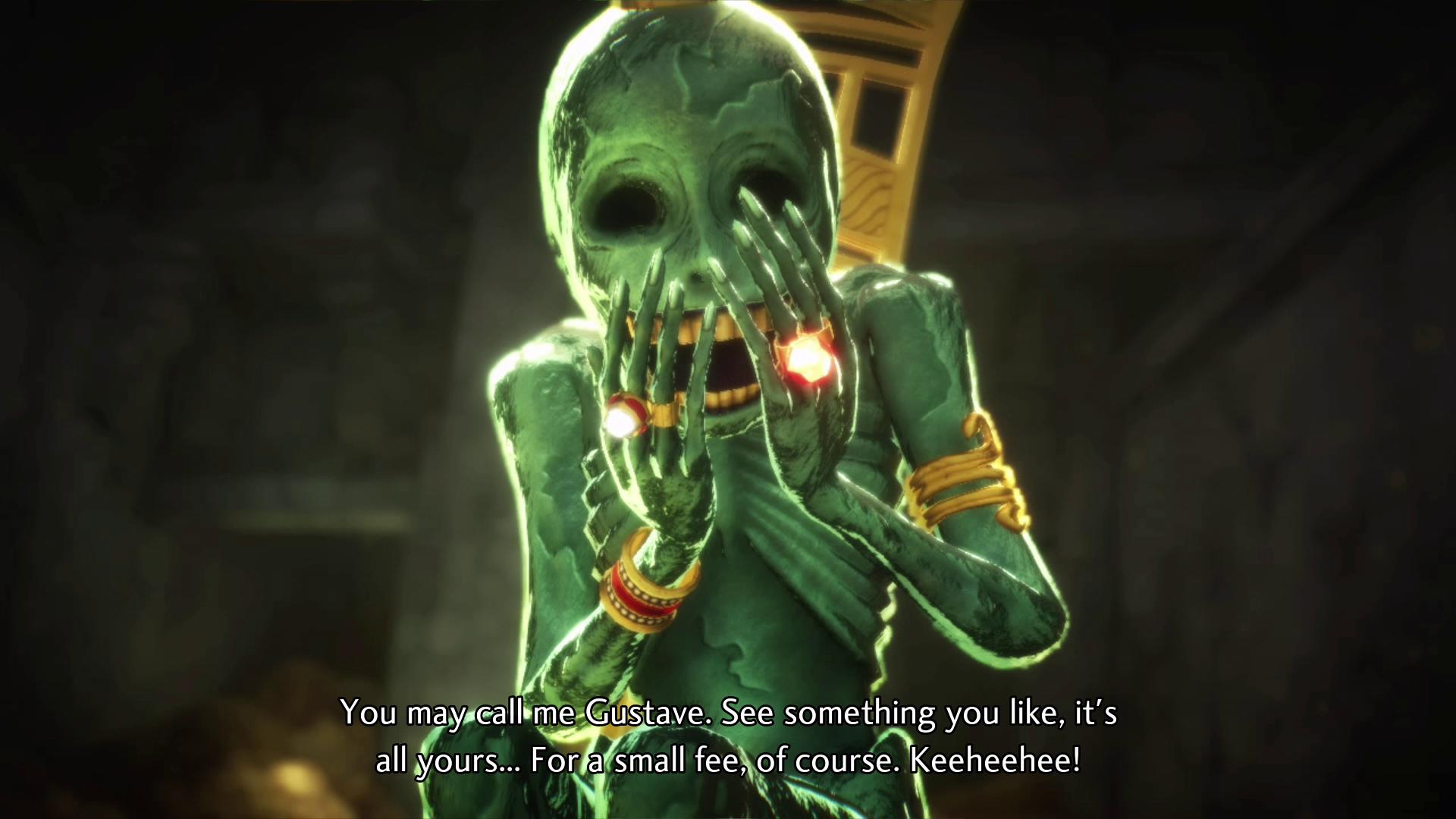
Outside of combat and its many interwoven components, there are a few other nice touches to note in SMTV. First, the character and demon designs are fantastic, with lots of over-the-top looks often based on real-world myths and folklore. Fairies, hydras, mermaids, oni, and many, many more are all represented here, and each gets a nice little blurb in your compendium explaining what they're based on.
Great character designs, engaging story, and excellent world-building make this a uniquely immersive experience
I'm not going to touch on the story much for the risk of spoiling anything. However, the overarching narrative is also a big draw of SMTV. You take on the role of an ordinary high school student in modern-day Tokyo who, through mysterious means, winds up transported to a different realm known at Da'at: the Netherworld. Upon arrival in this desolate expanse of sand and crumbling buildings, our protagonist is saved from certain doom at the hands of demons by a powerful entity that fuses itself with the protagonist to make them both into a wholly unique creature—a Nahobino.
As you progress, you learn more about the being you've fused with and gradually start to uncover the story hidden at the center of Da'at. How is Da'at connected to your world? What genuinely is a Nahobino, and how do you play into the broader designs being brought to light around you? What about your poor school friends who got sucked into Da'at with you? These questions are just the start of a wild story that unfolds as you make decisions that will affect your character and the possible outcomes of the story.
Shin Megami Tensei V: What I didn't like
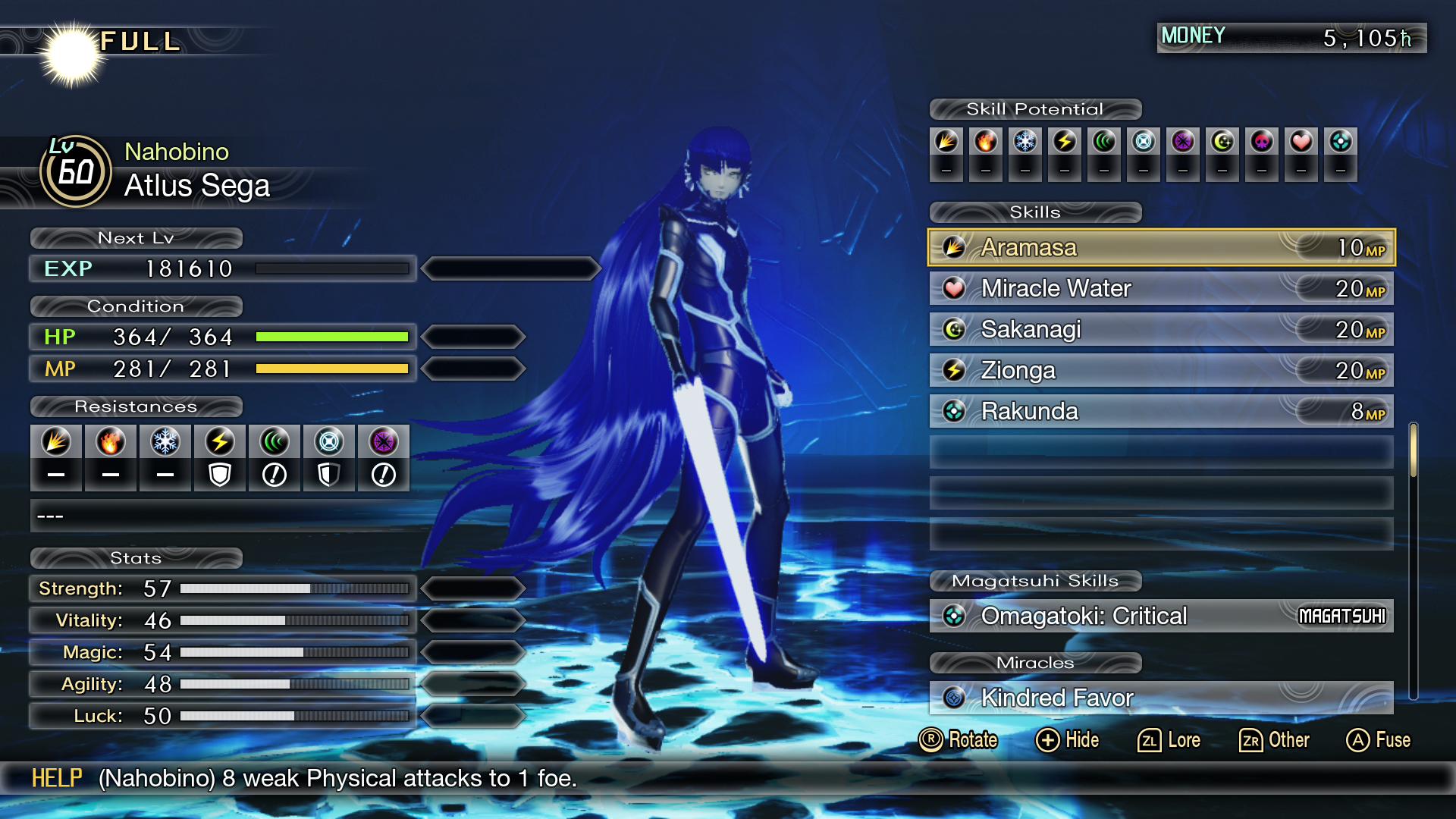
Let's get the obvious out of the way first: Shin Megami Tensei is known for its difficulty, and V is no exception. I died in the first main section MANY times, usually to regular enemies that I really shouldn't have died to. In addition, bosses and optional foes you may encounter through side-quests are shockingly difficult, even on Normal mode. This in and of itself isn't a problem, and the level of challenge is a nice change of pace from many easier JRPGs, but I can't deny how tired I got of having to backtrack to save points every time I made a tiny increment of progress.
The constant need to head to a save point to prevent massive loss of progress gets very old very fast
Without fail, the times that I just kept going and thought, "Eh, I'll be able to make it the next save point without going back," were times that I died and lost a ton of progress. New demons recruited? Gone. Level ups? Out the door. All those items I ran around collecting? Scattered to the four winds. There's no autosave here, so expect to trek on over to save points very frequently. Fail to do so at your peril.
The good news is that SMTV has a Casual mode and an even easier Safety mode for players mainly playing for the story. There's also Hard mode for those wanting more of a challenge, but Lord only knows how you'd get anywhere with such a godforsaken choice.

It's also worth mentioning that the extreme depth of the game's mechanics, which are all too often not well explained by the tutorials, can be very hard to get a firm understanding of if you're unfamiliar with Shin Megami Tensei. And, I honestly can't imagine how a player coming in totally blind might react to this kind of game. As such, I would recommend a few tips-and-tricks videos just so that new players can get some semblance of a deeper understanding of the various elements at play.
My final complaint is that I'm not feeling the soundtrack much at all. Thanks to games like Persona 5, Octopath Traveler, and Bravely Default, I have certain expectations around jrpg soundtracks; namely that they should be absolute bangers. Unfortunately, SMT5's soundtrack, while not bad by any means, just isn't doing much for me. Mainly while walking around the overworld, where you will be spending a lot of time, the looped tracks started to feel very stale and bland to me. I couldn't even vibe with a solid portion of the boss music, which is a crying shame in my book. This is a subjective reaction, though, and others may wind up loving the soundtrack.
Shin Megami Tensei V: Should you play it?

The short answer is yes, if you're already into JRPGs. I feel confident that most JRPG fans will find something to love about Shin Megami Tensei V, given the sheer volume of what it has going on. SMTV looks excellent, has an intense, deep combat system, and has an exciting story hiding underneath all that killer gameplay.
However, if you're new to Shin Megami Tensei and the other games that fall under its umbrella, I might caution against starting with V. It can be grindy, frustrating, challenging, and just plain old overwhelming, even for seasoned JRPG players. It's also packed with anywhere between 50-100 hours of content, so be prepared to spend a good long while with this title if you do pick it up.
All told, Shin Megami Tensei V does a solid job of bringing the series to the Switch, where it will hopefully gain a new following now that it's back on home consoles. A nice blend of classic mechanics with better graphics than ever before, Shin Megami Tensei V is among the better JRPGs to have come out within the past couple of years, and I would recommend it to anyone looking for a new challenge.



